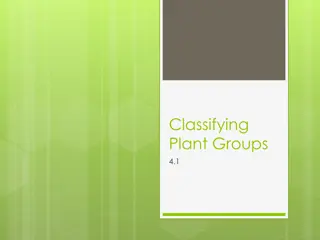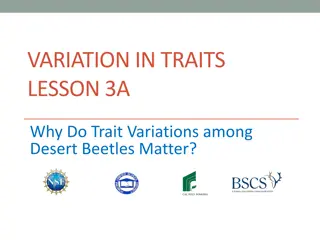VARIATIONS IN PLANTS AND ANIMALS LESSON 3A
Explore the survival odds of bigger vs. smaller cottonwood-tree seeds in wind dispersal. Delve into variations in plant traits with sunflowers and snakes. Investigate cottonwood-seed models to understand seed size impact on growth. Discover real-life applications for studying plant variations.
Uploaded on Feb 21, 2025 | 0 Views
Download Presentation

Please find below an Image/Link to download the presentation.
The content on the website is provided AS IS for your information and personal use only. It may not be sold, licensed, or shared on other websites without obtaining consent from the author.If you encounter any issues during the download, it is possible that the publisher has removed the file from their server.
You are allowed to download the files provided on this website for personal or commercial use, subject to the condition that they are used lawfully. All files are the property of their respective owners.
The content on the website is provided AS IS for your information and personal use only. It may not be sold, licensed, or shared on other websites without obtaining consent from the author.
E N D
Presentation Transcript
VARIATIONS IN PLANTS AND ANIMALS LESSON 3A Will Bigger or Smaller Cottonwood-Tree Seeds Be More Likely to Survive and Grow When the Wind Carries Them Away? Why Do You Think So?
Review: Sunflower Traits and Variations What traits did we observe in sunflowers? How are all sunflowers alike? How are sunflowers different from each other? What variations in traits do they have? Photo courtesy of Pixabay.com
Review: Snake Traits and Variations How are all snakes alike? What traits do they share? How are snakes different from each other? What variations in traits do they have? Photograph by Mike Pingleton/Wikimedia Commons Photo courtesy of Pixabay.com
Todays Focus Questions Will bigger or smaller cottonwood-tree seeds be more likely to survive and grow after the wind carries them away? Why do you think so?
What Is a Cottonwood Tree? Photograph by George Chernilevsky/Wikimedia Commons Photograph by Amy Gaiennie/Wikimedia Commons
A Dandelions Life In our story A Dandelion s Life, what helped the dandelion seed survive (live and grow)? Photo courtesy of Greg Peterson/Wikimedia Commons
Our Cottonwood-Seed Model What does the fan represent? What does the line on the paper marked Tree represent? What does the paper on the floor represent? What do the cotton balls represent? Photo courtesy of BSCS
Our Cottonwood-Seed Model What real-life things will our model help us study? What trait of cottonwood seeds are we looking at? What variations in the size of the seeds are we testing with our model? What questions are we trying to answer? Photo courtesy of BSCS
Our Cottonwood-Seed Model Our model can help us find out which cottonwood seeds will travel farther when the wind blows them. It can also help us figure out which seeds will be more likely to survive and grow. Photo courtesy of BSCS
Our Cottonwood-Seed Model Will a cottonwood seed have a better chance of surviving if it travels farther from the tree? What does a seed need to survive and grow? Would a cottonwood seed get more or less sunlight and rain if it s farther away from the tree? Photo courtesy of BSCS
Our Focus Questions Will bigger or smaller cottonwood-tree seeds be more likely to survive and grow after the wind carries them away? Why do you think so?
What Do You Think Will Happen? Will the bigger or smaller cotton balls (cottonwood seeds) travel farther when the wind blows them? Why do you think so? Write your predictions on the handout using this sentence starter: I predict the [bigger or smaller] cotton balls will travel farther on the wind because
Next Time In our next lesson, we ll use our model to test our predictions about how far the cotton balls will fly on the wind. The data we gather will help us figure out which cottonwood seeds are more likely to survive and grow. Photograph by George Chernilevsky/Wikimedia Commons
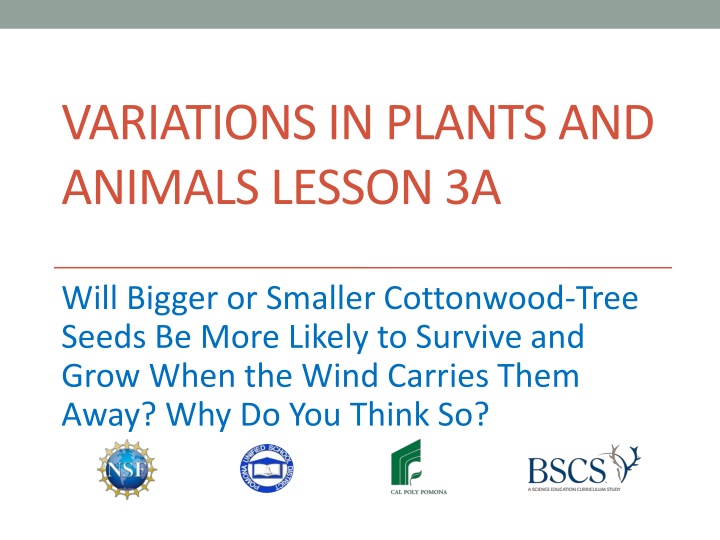


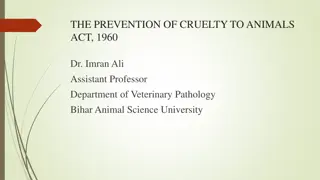
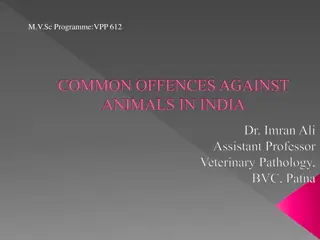
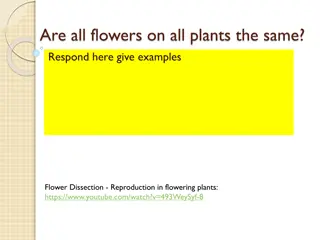
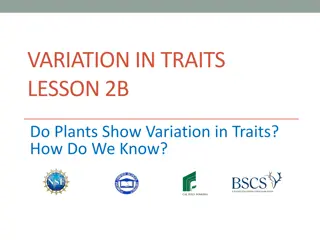

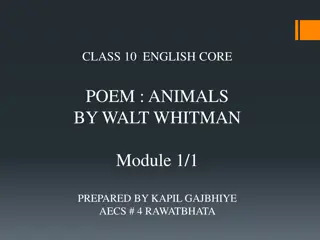

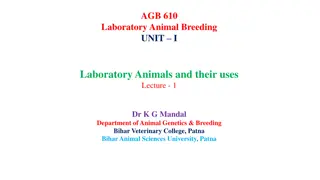


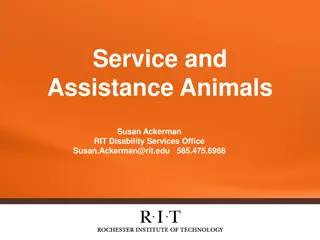
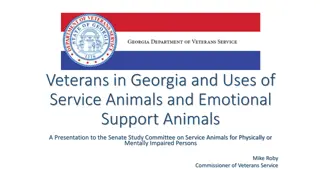
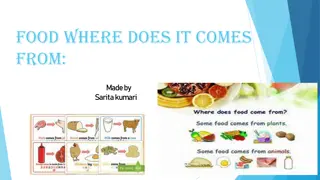

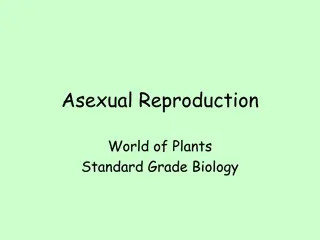

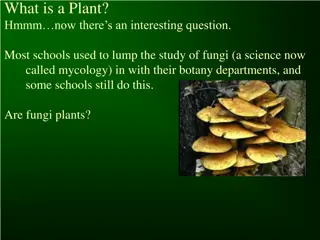
![Importance of Rock v. MWB [2018] UKSC 24 as Explained by Lord Sumption](/thumb/193348/importance-of-rock-v-mwb-2018-uksc-24-as-explained-by-lord-sumption.jpg)
